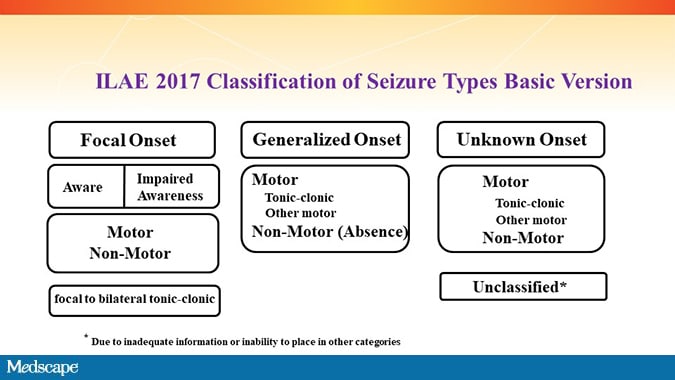Active Epilepsy in Primary Care
Epilepsy is a disorder of the brain characterized by an enduring predisposition to having seizures, defined as episodes of abnormally excessive or synchronous neuronal activity in the brain, resulting in transient signs or symptoms.[1,2] Approximately 1.2% of the US population, or about 3.4 million people, have active epilepsy. Active epilepsy refers to a patient who is currently on antiepileptic medications and/or has had one or more seizures in the past year.[3,4]
Although there are healthcare providers who specialize in epilepsy—namely neurologists and epileptologists—only 53%–67% of patients in the United States with active epilepsy reported recently (“in the past year”) seeing a neurologist or epileptologist.[5,6] Meanwhile, 86% reported recently seeing a general practitioner.[5]
Given that primary care providers are likely to see patients with seizures and epilepsy—some of whom may not be in the care of a neurologist or epileptologist—we would like to review the most current seizure terminology to help these clinicians better understand the different types of seizures and the importance of standardized terminology around seizures.
Accurate Seizure Classification
Accurately classifying different types of seizures using the latest standardized terminology is essential for several reasons. First, it allows healthcare providers and patients to accurately and effectively communicate with one another about seizure type using the same clear language. Second, some medications or therapies are more effective or only approved for specific seizure types and not others, so that errors in classifying seizure type may lead to ineffective treatment. Third, some types of drug-resistant seizures can effectively be treated by surgery, whereas others cannot. Fourth, current and future clinical research studies may have certain inclusion and exclusion criteria based on seizure type, so that knowledge of seizure type would be important prior to enrollment. Finally, accurate classification would lead to a better understanding of seizure type burden in the population, allowing various clinical, research, and public health resources to be allocated appropriately.
Historical Seizure Terminology
For centuries, seizures have been described using various terms. For instance, the terms “grand mal” (referring to seizures with bilateral tonic-clonic movements and loss of consciousness) and “petit mal” (seizures with behavioral arrest) have been used since the 1800s. With a better understanding of seizures and the advent of video electroencephalography (EEG), the International League Against Epilepsy (ILAE) published the first official classification of seizure types in 1981, introducing such terms as “partial vs generalized” and “simple vs complex.” However, many of these historical terms have been criticized as being imprecise or nonspecific (eg, petit mal may refer to many different types of seizures with behavioral arrest) or confusing and misleading (eg, the term “partial” might suggest that a seizure was not a “full” one). With increasing knowledge, several iterations of ILAE’s classification of seizure types have been published over the years to improve clarity, with the most recent being published in 2017.[17]
Current Seizure Terminology: Focal vs Generalized Onset
According to the current ILAE guidelines (available in many different languages), after first establishing that an event was likely a seizure by history and sometimes ancillary testing such as an EEG, the second task is to classify whether a seizure likely had a focal or generalized (or unknown) onset.[7,8](Figure 1)

Figure 1. ILAE 2017 Classification of Seizure Types Basic Version.[7,8] From: Fisher RS, Cross H, French JA, et al. Instruction manual for the ILAE 2017 operational classification of seizure types. Epilepsia. 2017;58:531-542. Republished with permission.

